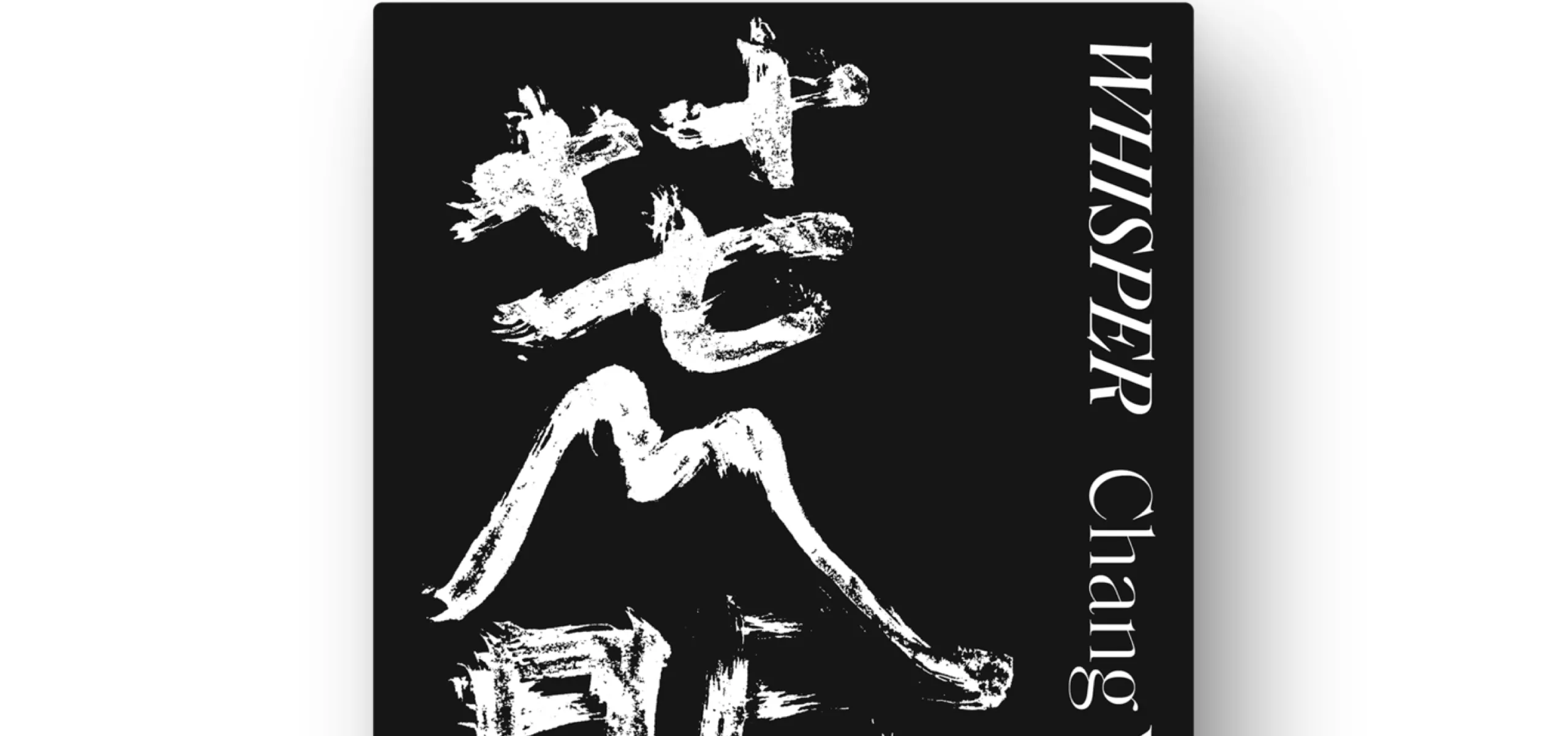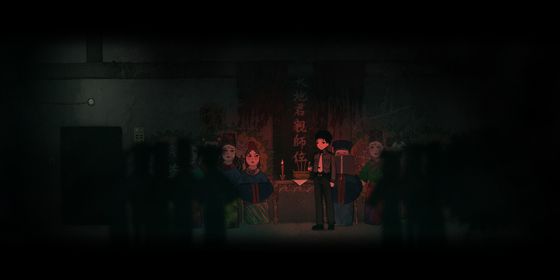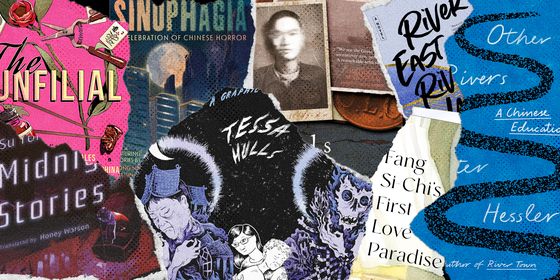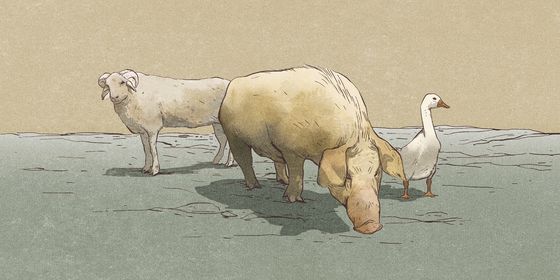Taiwanese ghost story “Whisper” rummages through the island’s past and present for a local spin on horror, but fails to lend luster to worn-out tropes
When a story opens with the body of its protagonist lying wasted on the floor of his cockroach-infested shack, with one roach possibly nibbling away at his toes, it’s not giving much away to say that—surprise, surprise—things don’t turn out well in the end.
Readers have given Chang Yu-Ko’s Whisper (《荒聞》), recently translated into English by Roddy Flagg, 4.5 out of 5 stars on Goodreads and a 8.3 out of 10 on Douban, which are high scores on both reviewing platforms. If your adrenaline rushes at the thought of a young Japanese girl, dressed in a kimono with pure black eyes in an abandoned cab, seen one second and gone the next, or the uncanny feeling of being stared at while alone in the shower—then get ready to lose some sleep.
But maybe you’ll cringe at the absurdity of a ghostly girl who sometimes manifests as a stinkbug, or at a plot fashioned from recycled horror clichés, garnished with random side-plots and ending with an underdeveloped “big reveal.” If so, you might still find something to savor.
The story follows Wu Shih-Sheng, a grubby Taiwanese taxi driver chest-deep in debt, who hits the bottle or the card table with every cent he earns. His wife, Kuo Hsiang-Ying, and the pittance she earns as a department store cleaning lady, are the only things keeping their family afloat. You might think the pair hit rock-bottom when an incident throws Hsiang-Ying into a psychiatric ward, but they haven’t: Hsiang-Ying soon dies in an extremely gruesome way after allegedly hearing, and then seeing, a ghost who threatens to kill her and her long-estranged adult daughter.
Chang Yu-Ko, a 32-year old doctor-turned-screenwriter and novelist, attempts to achieve more than just a chilling yarn. The story tunes in to the multiple streams of traditions and histories that have converged to shape Taiwan’s unique and oft-overlooked cultural patchwork. We learn about Izanaki and Izanami, two deities from the Japanese creation myth, and the belief of hanitu, the term for “spirit” among Taiwan’s indigenous Bunun people. Each person has two hanitu: the good and amicable mashia hanitu on the left shoulder, and the bad and irritable makwan hanitu on the right.
We catch glimpses of the dark historical events that litter the island’s recent past, fertile ground for writers seeking traumatic scenarios for restless spirits. Take the February 28 Incident of 1947, which marked the beginning of the Kuomintang’s infamous “White Terror” against anti-government protesters; or the Musha Incident of 1930, during which the Sediq people, another mountain-residing indigenous group of Taiwan, rose up against the island’s Japanese colonizers. The rebels killed 130, including women and children, and in turn lost hundreds in the Japanese retaliation.
Whisper is also threaded through with observations of problems and phenomena in contemporary Taiwan. Shih-Sheng and Hsiang-Ying’s vulnerable circumstances reflect the vicious, self-perpetuating cycles of social stratification—those with little means lack a safety net to protect them against the unexpected, and are more likely to be stuck in poverty.
The narrative is also interspersed with subtle musings on “mainland-ness”, which is associated with outsiders. Shih-Sheng, who spent his childhood on the Chinese mainland, desperately attempts not to stand out when smoking with his cab driver friends by “switching to his heavily accented Taiwanese. But he had to make an effort with the language if he was to fit in.”
The author, Chang, shares in the epilogue that the story was inspired by a friend’s real-life experiences with sleep paralysis, seeing shadows, and hearing uncanny radio-like noises. But the B-side of the inspiration is a reflection on the society and history of Taiwan, and the various cultures and identities forged through centuries of colonization on the island. “The key is that if more people can make peace with the fact that our world consists of various races and ethnicities, languages, and cultures, then war becomes less inevitable. And through novels, there seems to be more I can do,” Chang writes.
All this well-wishing and experimentation, however, does not necessarily make for a good read. Chang’s goal to make a ghost story out of a hodgepodge of social commentary is ambitious, but dumping all the condiments on your shelf into a soup does not guarantee a good dish. Social inequality, injustice against indigenous groups, mainland-versus-Taiwan cultural dynamics, colonial history, and folk beliefs—all of these themes are thrown in, and are clamoring for attention, but Chang ends up only giving sufficient space to investigate a few of them.
Sometimes it feels like elements are just shoved in to add a distinctly “Taiwanese” cultural flare to the novel—if you replaced them with counterparts from any other culture or society, the story would still work just fine. Readers not steeped in Taiwan’s culture and history can gain a quick crash course, but this impression is only skin-deep, built on one-off labels.
If that’s what you’re looking for—an enterprising ghost story with cultural connections, occasionally awkwardly executed, then Whisper is your book for this Halloween.













